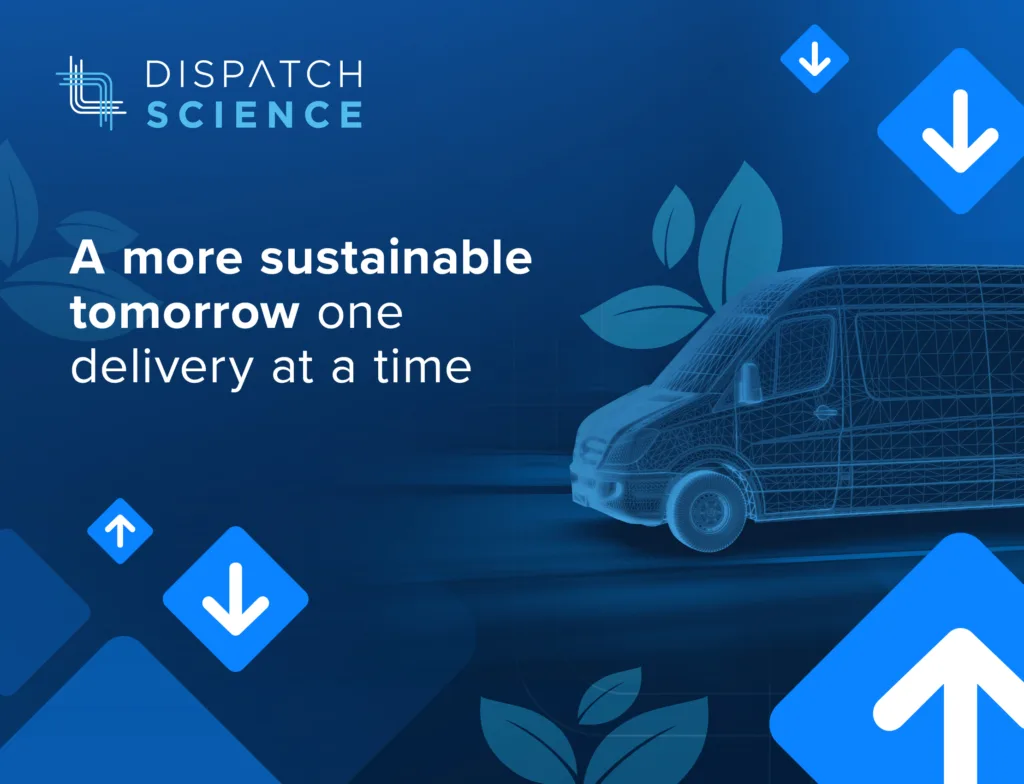Last-mile delivery refers to the final stage of the delivery process where a parcel is moved from the local distribution center to the end customer’s location. It’s a critical aspect of the supply chain but comes with many challenges. Here are some of the top challenges that last-mile delivery organizations and courier/logistics companies are facing:
1. Rising Customer Expectations:
Consumers increasingly expect rapid, same-day, or even same-hour delivery. Meeting these expectations without significantly increasing costs is a challenge.
2. Route Optimization:
Designing the most efficient route that considers multiple drop-offs is complex and often requires sophisticated technology.
3. Cost Control:
The last-mile delivery can be expensive due to fuel costs, vehicle maintenance, and labor. Balancing cost control with efficiency and customer satisfaction is a major challenge.
4. Environmental Impact:
The push for greener solutions and the corresponding regulations are challenging organizations to rethink their traditional delivery methods.
5. Technology Integration:
Implementing new technology solutions (like real-time tracking and route optimization software) requires investment and often faces resistance from within the organization.
6. Compliance with Regulations:
Different regions may have varying rules and regulations regarding transportation and delivery, creating a complex landscape for companies to navigate.
7. Driver Retention and Training:
High turnover rates among drivers and the need for continuous training in customer service and technology usage are ongoing challenges.
8. Capacity Limitations:
During peak times like holidays, handling increased volumes without compromising on delivery times or costs can be difficult.
9. Security and Theft:
Ensuring the security of goods, especially in the case of high-value items, and dealing with theft are major concerns.
10. Fragmented Communication:
Ensuring seamless communication between different stages of delivery (like warehouses, drivers, and customers) is often harder than it seems, and gaps can lead to delays or errors.
The last-mile delivery industry is fraught with challenges, from rising customer expectations to the complex task of route optimization. In a world where efficiency, sustainability, and customer satisfaction are paramount, how can these obstacles be overcome? Enter Dispatch Science, a cutting-edge approach that uses technology and innovation to transform the logistics landscape.
1. Meeting Rising Customer Expectations
Utilizing advanced analytics and real-time tracking, Dispatch Science offers an unparalleled level of transparency and speed. By leveraging automation and intelligent algorithms, delivery times are reduced, and customer satisfaction is enhanced.
2. Route Optimization
Sophisticated route optimization tools analyze many different variables, such as service levels, time windows, driver capacities, to create optimized routes that minimize distance and lateness. The result? Reduced fuel consumption, faster delivery times, and lower operational costs.
3. Cost Control and Environmental Impact
Through intelligent planning and optimization, Dispatch Science minimizes waste and maximizes resource utilization. By cutting unnecessary mileage and promoting eco-friendly practices, both costs and carbon footprints are reduced.
4. Technology Integration and Compliance with Regulations
Seamless integration with existing systems and a keen understanding of regional regulations ensures a smooth operation. The alignment with legal standards, alongside modern technology, creates a compliant and effective delivery process.
5. Driver Retention, Training, and Security
Investing in user-friendly apps and tools supports drivers with real-time navigation and communication. Enhanced training programs and security measures foster a more engaging and safe work environment, reducing turnover rates.
6. Handling Peak Capacities and External Factors
Scalable solutions that can adjust to varying demands ensure a smooth operation even during peak times or unexpected disruptions. Adaptive planning tools allow for flexibility in the face of unforeseen challenges.
7. Managing Returns and Remote Accessibility
A streamlined return process and specialized strategies for remote deliveries enhance customer experience and reach. By addressing these specific pain points, Dispatch Science ensures no customer is left behind.
8. Data Management, Customization, and Analytics
Comprehensive data analysis provides actionable insights for continuous improvement. Customizable delivery options cater to individual customer needs, creating a personalized and responsive service.
The last-mile delivery challenges of today require innovative solutions that harness technology, data, and intelligent design. Dispatch Science offers a groundbreaking approach, addressing the complex landscape of modern logistics with elegance and efficiency.
From route optimization to enhancing customer experiences, the methods and tools provided by Dispatch Science are more than just solutions; they’re a revolution in the way we think about and handle logistics and delivery.
Join the future of logistics. Embrace Dispatch Science and turn challenges into opportunities. The road to success starts here.



